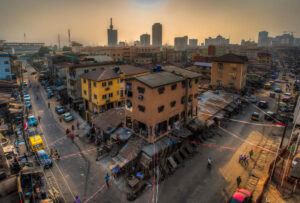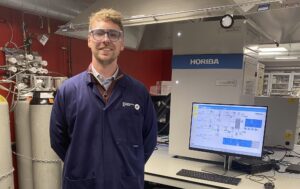Google have begun rolling out a project they refer to as ‘Green Light’ to help cities around the world manage traffic more effectively, thereby reducing emissions by a considerable amount.
Google point out that there are over 1.3bn cars on the road around the world, but many of them are stuck in traffic ‘All that starting and stopping means pollution at city intersections is currently 29 times higher than on open roads. Multiply that by all the intersections around the world and problem becomes massive.’
Project Green Light is using Google AI to reduce emissions in cities by analysing huge amounts of Google Maps driving trends to build smart recommendations that optimise the co-ordination and timing of traffic lights.
Benefitting from their decades-long programme of mapping cities across the world, Google explain they can infer existing traffic light parameters including: cycle length, transition time, green split (i.e. right-of-way time and order) to create a model to understand how traffic flows through the intersection.
This helps understand typical traffic patterns including patterns of starting and stopping, average wait times at a traffic light, coordination between adjacent intersections (or lack thereof), and how traffic light plans change throughout the day.
Once a city signs an agreement with Green Light, they get access to the interface, where city officials can view suggested recommendations, supporting information, and monitor their measured impact on emissions and traffic flow.
Green Light is currently live at 70 intersections in 12 cities around the world, from Rio de Janeiro to Bangalore via Manchester. In the intersections where Green Light is already live, it can save fuel and lower emissions for up to 30M car rides monthly.
Google say that early numbers indicate a potential for up to 30% reduction in stops and up to 10% reduction in emissions at intersections.
Green Light is currently in the early research phase and is being offered to cities at no cost, ‘Our primary goal of this product is to support cities’ sustainability goals.’ they say. A waiting list has been created for other cities interested in becoming involved.
David Atkin, Transport for Greater Manchester said: ‘Green Light identified opportunities where we previously had no visibility and directed engineers to where there were potential benefits in changing signal timings. This provided valuable insights for our city with 2,400 traffic signals. Both the Green Light and Transport for Greater Manchester teams brought expertise and ideas to the table to improve journeys and reduce emissions.’

















Leave a Reply